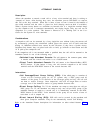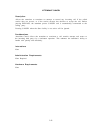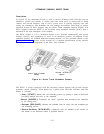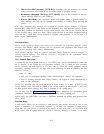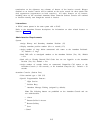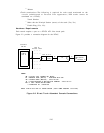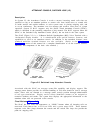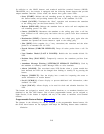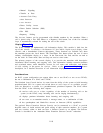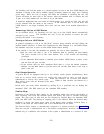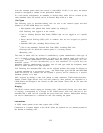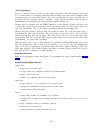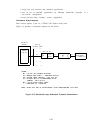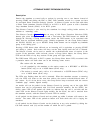In addition to the LOOP buttons and standard multiline terminal buttons (HOLD,
TRANSFER, etc.), the console is equipped with the following feature buttons that provide
unique
●
●
●
●
●
●
●
●
●
●
●
●
●
●
attendant functions. Unless noted, the buttons have green status LEDs.
Start [START]: Initiates the call extending process by placing a caller on hold (on
the Source button) and providing internal dial tone to the attendant. No LED.
Cancel [CANCEL]: Terminates the
“Start” operation and reconnects the attendant
to the calling party (on the Source button). No LED.
Release [RELEASE]: Releases the attendant from an active call and completes the
call extending process. No LED.
Source [SOURCE]: Reconnects the attendant to the calling party after a call has
been initiated to the called party but before the two parties have been connected
together.
Destination [DEST]: Connects the attendant to the called party again after the
attendant has operated the Source button to speak to the calling party.
Join [JOIN]: Joins together (in a 3-way connection) the attendant and the other
parties in an extended call. No LED.
Forced Release [FORCED RELEASE]: Drops all active parties from a call. No
LED.
Last Number Dialed [LAST # DIALED]: Redials the last number dialed. No
LED.
Position Busy [POS BUSY]: Temporarily removes the attendant position from
service.
Attendant Message Waiting [ATTENDANT MESSAGE WAITING]: Used by
the attendant to remotely control Message LEDs on voice terminals.
Alarm [ALARM]: The associated status LED flashes when a system trouble has
been detected; the LED can be changed from flashing to steadily lit by pressing the
button.
Inspect [INSPECT]: Puts the display into a mode for inspecting the status or
stored information of certain buttons.
Scroll [SCROLL]: Causes display to present additional call information, when
available. No LED.
Local [LOCAL]: Allows display to be used for clock and calendar functions. No
LED.
The buttons not assigned to normal voice terminal functions or to attendant functions are
defaulted to the Flex DSS feature.
One of these programmable buttons can be assigned to
Night Service, if the feature is required, and any of the others to multiline voice terminal
features.
Programmable Feature Buttons (Figure 2-4)
The features in the following list can be assigned to the programmable feature buttons. On
the SLAC these buttons are not equipped with lamps for indicating feature status conditions.
● Exclusion
2-18



